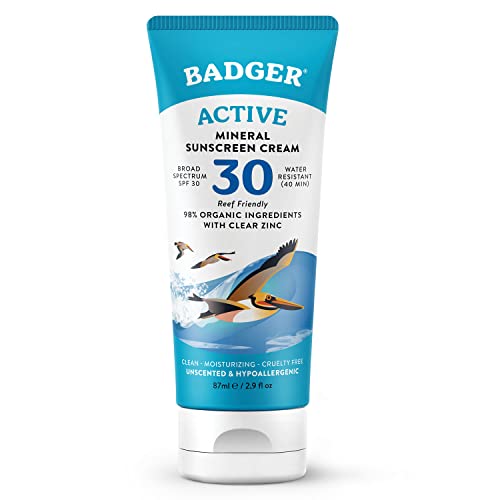From RC. This is awesome info, thanks Boomer
 or look here http://reefcentral.com/forums/showthread.php?s=&threadid=167632&highlight=bryopsis
or look here http://reefcentral.com/forums/showthread.php?s=&threadid=167632&highlight=bryopsis
Manual removal of Bryopsis is a tedious task.
The removal itself is easy, as the thalli are small and soft enough to be scraped off. The thallus however is susceptible to severe fragmentation. The challenge is in ensuring that no viable algal material is released into the display environment.
If manual removal is to be attempted in the display, a siphon is most useful for drawing off any fragments that may eventually settle and regenerate, pointed right where the action is taking place. The drawn-off water may be discarded, though I have sometimes filtered such wastewater through calcium hydrochloride powder–which apparently destroys algal cells, and stored the filtrate in bottles for later use as calcium boosters.
If the Bryopsis-infested rock (or other material) can be removed to a separate container for a scrub-down, so much the better. Whatever saltwater was used in that container, during scrub-down, and for the final rinses, should be discarded
More herbivores can adapt to eating Bryopsis than the many horror stories around might suggest. The most reliable are perhaps some sacoglossan slugs (of Genus Elysia, for example) which unfortunately have relatively short lifespans. Other effective herbivores include certain sea urchins. While the commonly-sold herbivorous snails can infrequently take a bite out of Bryopsis, they can be messy eaters and none too thorough, just as many herbivorous fish can be. The viable algal crumbs from their feasting make the problem worse.
Even with herbivorous pressure, there is also the problem of incomplete digestion to consider: viable algal material is often found in the feces of many of these herbivores, and a biodiverse ecosystem, with herbivorous/omnivorous scavengers and recyclers of all sizes (the sort that live on eating the crap of higher herbivores....yechhh), seems the best way to deal with it.
Denying Bryopsis the resources they need (particularly nutrient) is a tricky thing to attempt. Their magnificent, plumose arrays (in the gametophyte phase) spell efficient assimilation of nutrient in the water, likely far more efficiently than anything a rival “scrubber†algae can muster. No harm in trying to introduce competition, though! Obviously, one can try to limit the nutrients imported into the system. A reef aquarium must be fed, and natural, live foods can live on in the display, rather than decomposing and releasing nutrient when left uneaten.
Physical removal can become a repetitious ordeal even with the best efforts at providing herbivorous pressure and at denying resources to the problem alga(e). This is likely because of the impressive reproductive potential that Bryopsis own. The process of obtaining relief can perhaps be speeded up by specifically targeting the avenues that Bryopsis employ to perpetuate their presence. All aforementioned modes of Bryopsis reproduction depend on using the water as a transport medium, and water is among the easiest of a reef aquarium’s components to police, given the circulation systems we use.
A properly-designed UV sterilizer may effect a significant reduction in repeat manifestations of Bryopsis, within the context of physical removal, herbivorous suppression, and resource denial. Those latter three primarily deal with the presence of Bryopsis on substrate, whilst proper application of UV (or other prophylactic filtration) helps deal with the problem’s presence in the water, obliterating many spores, gametes, microthalli and viable fragments. It is also no small benefit that proper use of UV filters also provides rapid oxidation of many dissolved nutrients in the water, reducing one fuel that powers Bryopsis blooms.
Fourfold approach, then.
Of course, patience, humble perseverance and a little prayer go a long way. So does sharing your pain with your brothers and sisters on TRT (and RC).
Summary
Bryopsis are a formidable bunch of algae to deal with, and in no small part due to their reproductive prowess. They can reproduce sexually via gametes, or asexually via spores, fragmentation or dispersal of 'microthalli'.
Bryopsis are often deemed problem algae in the hobbyist reef aquarium. While addressing the physical presence with manual removal and herbivores, and attempting to slow its growth via denial of resources are important, it is likely just as important to restrict reproduction. Prophylactic filtration of the water (for example, via UV devices) may provide the means towards a shortened effort at controlling any outbreak of Bryopsis.





























































